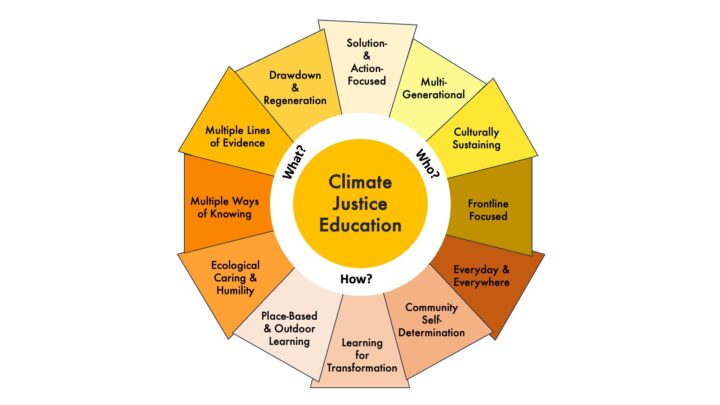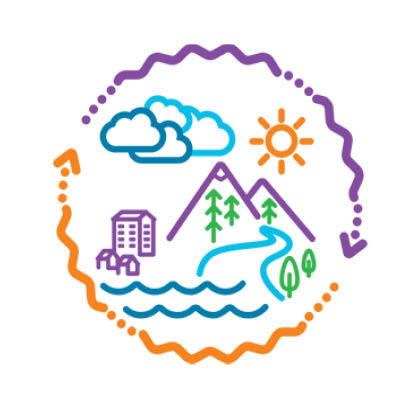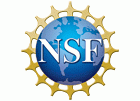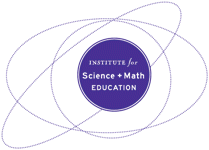What is climate justice learning?

Educators & Curriculum Authors should take up the dimensions of the CJE Framework as they adapt or author climate units and lessons. They should reflect on:
- Which dimensions of CJE are easier to weave into your teaching today? Which may be a challenge and why?
- What specific dimension(s) do you want to hold central in your work? What do you need to learn more about?
- How will you know if you are attending to a dimension well? Can you collaborate with educators teaching other subjects?
What Is The Issue?
The climate crisis is grounded in colonial, racial, social, economic, and material injustices. As it becomes more tangible and pronounced in our everyday lives, educators are recognizing these injustices and setting out to not only teach about climate change, but also to seed justice. However, without a clear definition of climate justice education, many such attempts are oversimplified or whitewashed. Here we offer a Climate Justice Education (CJE) Framework for defining climate justice education through 12 intersecting dimensions that provide starting points to identify what should be taught, with whom, and how.
Authors:
By Deb L. Morrison, Kelsie Fowler, Philip Bell & Taiji Nelson | March 2024
Attending to Equity
“Climate justice” was introduced by Dr. Edith Brown Weiss in 1989 as a problem at the nexus of human rights and climate change. Many climate leaders have refined its meaning since. The 2002 Bali Principles of Climate Justice clarified that the differential impacts of climate change on BIPOC and Global South communities must be recognized and reparated.
Recommended Actions You Can Take
CJE grounds learning in specific dimensions:
- Everyday and Everywhere: Climate change impacts all sectors of society, so climate learning needs to be life-wide, life-long, and life-deep. A just approach builds on the expertise of youth and communities and ensures they have access to a wide range of jobs and societal roles in responding to climate change.
- Frontline Focused: Climate change is an intersectional environmental injustice that reifies oppression and violence on Indigenous, Black and Brown communities—including those who live in the Global South, speak non-dominant languages, live in poverty, experience ableism, or have been oppressed in other ways. Learning should advocate for reparations and build from the expertise and interests of marginalized communities.
- Community Self-Determination: To enact just responses to climate change, communities are key to meaningful transformation. Highlight how communities guide their own self-determination and liberation as they define climate problems, leverage and build their expertise, and mobilize responses and develop local solutions. A key approach to a just climate response is through broad support of Indigenous leadership, rights, and knowledge.
- Culturally Sustaining: Climate change is a global issue that affects all cultural communities in specific ways. A culturally sustaining and revitalizing approach to climate learning supports the knowledge, relations, values, practices, language & responsibilities of communities.
- Multi-Generational: Powerful learning experiences typically bring multiple histories, life experiences, and values into coordination. Multi-generational groupings are a key strategy to do this (e.g., through family & community engagement, cross-grade interactions, visiting experts).
- Ecological Caring with Humility: Nurturing and reciprocal connections with more-than-humans and the rest of the natural world help us learn to live through increasingly precarious times. Thick caring practices that cultivate multispecies flourishing should be a part of everyone’s learning.
- Place-Based & Outdoor Learning: The benefits of outdoor and place-based learning and action are multifaceted. It promotes relevance, wonder, observation, questioning, connection, and health. Show how knowledge and solutions reside in places.
- Multiple Ways of Knowing: Just climate solutions critically depend on multiple knowledge systems. Transdisciplinary approaches are key to connecting a scientific understanding of socio-ecological systems to creative engineering designs, artistic expression, and civic engagement.
- Multiple Lines of Evidence: Communities often use various forms of evidence to identify challenges and guide the development of just responses. These must come from diverse cultural actors and traditions and be woven together in coherent evidence bases involving climate science data, oral narratives of place, and intergenerational stories of resilience.
- Solution- & Action-Focused: Focus climate learning on how communities are taking meaningful action, and position youth as change-agents in instruction. Students’ climate anxiety can be mitigated by learning about how groups are taking action—and this builds a foundation for taking collective action!
- Drawdown & Regeneration: Help students disrupt human exceptionalism and extractive uses of nature. Instead, focus learning on a combination of relational, behavioral, and technological solutions to stop the climb of greenhouse gas emissions, draw greenhouse gases from the atmosphere, and regenerate the health and vitality of our living world.
- Learning for Transformation: Just climate responses need to fit specific—and sometimes uncertain—circumstances. Communities need to engage in collaborative responses and make adjustments as uncertainties arise. All involved need to develop open learning stances to support local, tailored solutions and sustain global priorities and needs of diverse communities.
ALSO SEE STEM TEACHING TOOLS
STEM Teaching Tools content copyright 2014-22 UW Institute for Science + Math Education. All rights reserved.
This site is primarily funded by the National Science Foundation (NSF) through Award #1920249 (previously through Awards #1238253 and #1854059). Opinions expressed are not those of any funding agency.
Work is licensed under a Creative Commons Attribution-ShareAlike 4.0 Unported License. Others may adapt with attribution. Funded by the National Science Foundation (NSF). Opinions expressed are not those of any funding agency.


 Email Feedback
Email Feedback


